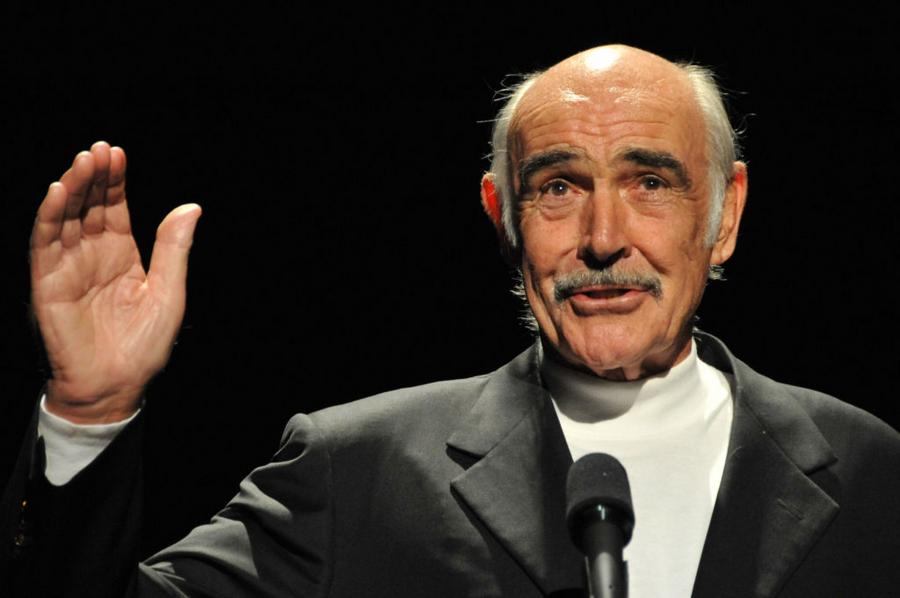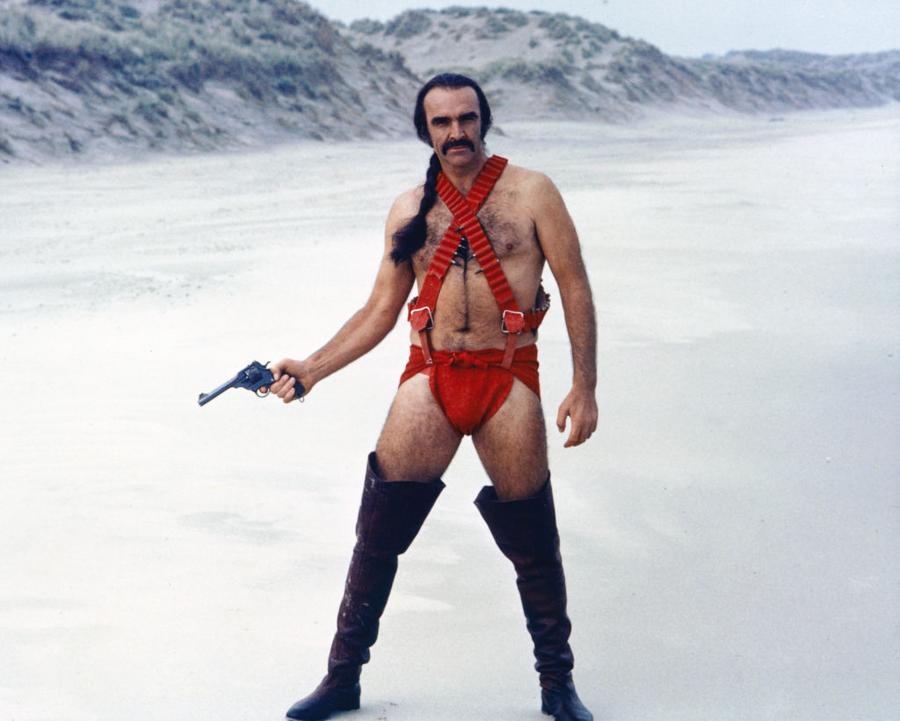Hollywood is full of "what if?" moments. Moments where actors turned down roles that went on to become legendary (and incredibly lucrative). Some passed due to scheduling conflicts, others didn't understand the script, and a few just flat-out misjudged the potential.
For example, did you know that Will Smith turned down the part of Neo in "The Matrix"? Keanu Reeves went on to make hundreds of millions of dollars for his work on that beloved franchise. Will Smith instead opted to make "Wild Wild West," which was an absolute pile of crap.
Tom Selleck was originally cast in the lead role of "Indiana Jones." Unfortunately, CBS wouldn't let him out of his "Magnum P.I." contract, so the role went to Harrison Ford.
Leonardo DiCaprio was all set to play Patrick Bateman in "American Psycho." Eventually, he withdrew out of concerns that his fanbase (he was fresh of the success of "Titanic") would be disturbed by the film's content. The role went to Christian Bale, who made it a cult classic.
Then there's the horrible mistake Sean Connery made in the late 1990s. Sean was pitched a starring role in the film adaption of the fantasy franchise "Lord of the Rings." He passed. And that rejection turned out to be a $450 million mistake. It was so painful that Connery gave up on Hollywood for good…

(Photo by Frazer Harrison/Getty Images for AFI)
A Risky Bet
Before "Lord of the Rings" became a massive worldwide success, it was seen as a VERY risky undertaking for Time Warner's movie studio, New Line Cinema. With a budget of $281 million, the films were the most expensive movies of all time to that point.
In an unprecedented move, all three movies were filmed back to back in New Zealand by a relatively unknown director named Peter Jackson. Further increasing the risk was the fact that the movie lacked a truly big Hollywood name like Tom Cruise or Johnny Depp that might guarantee ticket sales. For all these reasons, the producers desperately wanted to lock in a huge star for the crucial role of Gandalf. Their first choice was Mr. James Bond himself, Sean Connery.
Considering that he is probably best remembered wearing a perfect tuxedo, you might be finding it difficult to picture Sean Connery wearing Gandalf's oversized robe and pointy hat while carrying a giant cane with a beard down to his chest. You might assume that a Scottish gentleman like Sir Sean Connery would not allow himself to be seen in a ridiculous costume. On the other hand, let me remind you of the costume he wore in 1974's "Zardoz":

(Photo by Silver Screen Collection/Getty Images)
A Compelling Offer
To convince Sean Connery to wear Gandalf's robe, Time Warner and New Line put together an extremely compelling offer. First, Sean would be paid $10 million per movie. $30 million total salary for three films that were being filmed simultaneously. Plus a kicker: 15% of the box office gross for all three movies.
Connery declined. He later explained his reasoning for turning down the role. In his own words:
"I read the book. I read the script. I saw the movie. I still don't understand it."
As you know the role went to Sir Ian McKellen. Ian's offer was not quite as generous. Ian was NOT offered 15% of the gross. He was paid $13 million for the first two movies, paid as $6.2 million for the first, and $7.8 million for the second. His salary for the third film was never publicly confirmed but is believed to be in the $18-20 million range. Using $18 million, Ian earned a combined $31 million for his work. An extremely impressive amount… but oh, what could have been for Mr. Connery!
To his credit, Connery was never bitter about passing on Gandalf – just candid. He even praised the man who took the part. "Ian McKellen, I believe, is marvelous in it," Connery said graciously after seeing the films.
A Missed Fortune
As we all now know, The Lord of the Rings trilogy was a box office juggernaut, redefining epic filmmaking and setting new records for fantasy films. Released between 2001 and 2003, the three films—The Fellowship of the Ring, The Two Towers, and The Return of the King—collectively earned nearly $3 billion worldwide. Each installment outperformed the last, with Fellowship grossing $897 million, Two Towers surpassing it with $947 million, and Return of the King soaring past $1.1 billion, making it the highest-grossing film of 2003 and only the second film in history (at the time) to cross the billion-dollar mark.
Using the $3 billion worldwide gross number, Sean Connery's 15% stake would have translated into $450 million. That would have been the biggest single payday any actor has ever received. By a mile.
Not that Sean Connery struggled financially. At the time of his death in October 2020, Sean Connery's net worth was $350 million.
In reaction to LOTR's huge success, Connery hastily agreed to appear in 2003's "The League of Extraordinary Gentlemen," which he hoped would become an equally big success and franchise. Unfortunately, "The League of Extraordinary Gentlemen" was a flop, earning just $66 million worldwide off a budget of $78 million. This failure, likely coupled with the knowledge that he let nearly a half billion dollars slip through his fingers, was too much to handle, and Sean Connery retired from acting completely in 2005.
/2019/02/donald.jpg)
/2015/09/at.jpg)
/2021/07/GettyImages-483605022.jpg)
/2023/06/James-Cameron.jpg)
/2016/09/Arnold-Schwarzenegger.jpg)
/2022/04/will-denzel2.jpg)
/2019/09/bikram-1.jpg)
/2020/06/joe-francis.jpg)
/2019/08/Chantal-Kreviazuk.jpg)
/2020/06/taylor.png)
/2022/07/GettyImages-1203189442.jpg)
/2012/07/James-Carville.jpg)
/2014/01/Mary-Matalin-e1599095758246.jpg)
/2020/05/Albert-Broccoli.jpg)
/2014/12/GettyImages-494746616.jpg)
/2011/05/GettyImages-462659223.jpg)
/2010/06/Voletta-Wallace-e1588375874820.jpg)
/2009/12/wayne-gretzky.jpg)
/2017/07/Connor-McDavid.jpg)
/2011/12/Barbara-Broccoli.jpg)
/2019/02/Hilaria-Baldwin.jpg)
/2019/01/Ian-Fleming.jpg)
/2023/12/stacey-abrams.jpg)